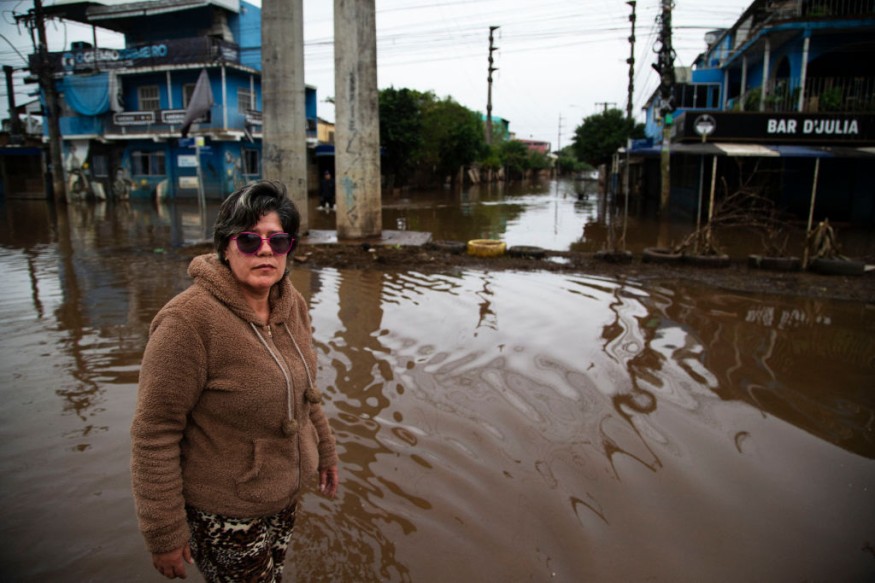A group of international scientists revealed that the recent flooding that ravaged southern Brazil was twice as likely due to human-caused climate change, and that the El Nino phenomenon also contributed to the severe rains.

Extremely Rare Event
Rio Grande do Sul, the southernmost state of Brazil, was hit by storms and floods last month, resulting in more than 170 fatalities and about 580,000 displaced people. Local authorities have described the devastation as the worst in the history of the region.
The World Weather Attribution Group's specialists stated that even in the current climate, the intense downpour that flooded entire cities and destroyed vital infrastructure was an "extremely rare" event that would only happen once every 100 to 250 years. However, the group claimed that if fossil fuels hadn't had any consequences, they would have been far more uncommon.
The researchers examined historical data of four-day and ten-day rainfall events in Rio Grande do Sul in order to do their research. They estimated how the likelihood of rain levels as high as those this year had altered over the past 200 years due to human-induced warming using models of the global climate.
They calculated a considerable increase in probability, which is in line with a fundamental conclusion regarding climate change and precipitation: anytime it rains, it is likely to do so more heavily because warmer air can contain more moisture.
Climate change, according to the scientists, doubled the likelihood and increased the intensity of the event in southern Brazil by 6% to 9%, based on a combination of meteorological measurements and climate model results.
"The climate in Brazil has already changed. This attribution study confirms that human activities have contributed to more intense and frequent extreme events, highlighting the country's vulnerability to climate change," said Lincoln Alves, a researcher at Brazil's space research center INPE.
El Niño Shown As Cause
The researchers discovered that El Niño, a cyclical weather trend in the Pacific, was another cause of the recent flooding.
Over central Brazil, vast zones of high atmospheric pressure tend to emerge in response to El Niño. These systems direct humid air from the tropics southward, bringing torrential downpours over northern Argentina, Uruguay, and southern Brazil.
According to the study, an El Niño enhanced the event's chance by a ratio of two to five and intensified the rainfall by 3% to 10%.
The experts noted that other factors that contributed to the disaster's increased impact included deforestation, failing essential infrastructure, and the quick urbanization of towns like Porto Alegre, the capital of Rio Grande do Sul and home to 1.3 million people.
Rain-caused disasters are not new to Brazil. 2011 saw tens of thousands of people homeless, and about 1,000 people died in floods in the state of Rio de Janeiro. The catastrophe forced the national government of Brazil to establish a center for early warning systems and natural disaster monitoring.
According to business groups and experts, the damage could exceed $30 billion, making it the most expensive disaster in Brazilian history.
Certain economists have drawn comparisons between the floods and Hurricane Katrina, citing similar financial losses for the United States. Gulf Coast, weighed against the size of the US economy.
Related Article : Deadly Flooding in Brazil: Severe Storm Kills 20 People, Forces Thousands to Evacuate
© 2025 NatureWorldNews.com All rights reserved. Do not reproduce without permission.





